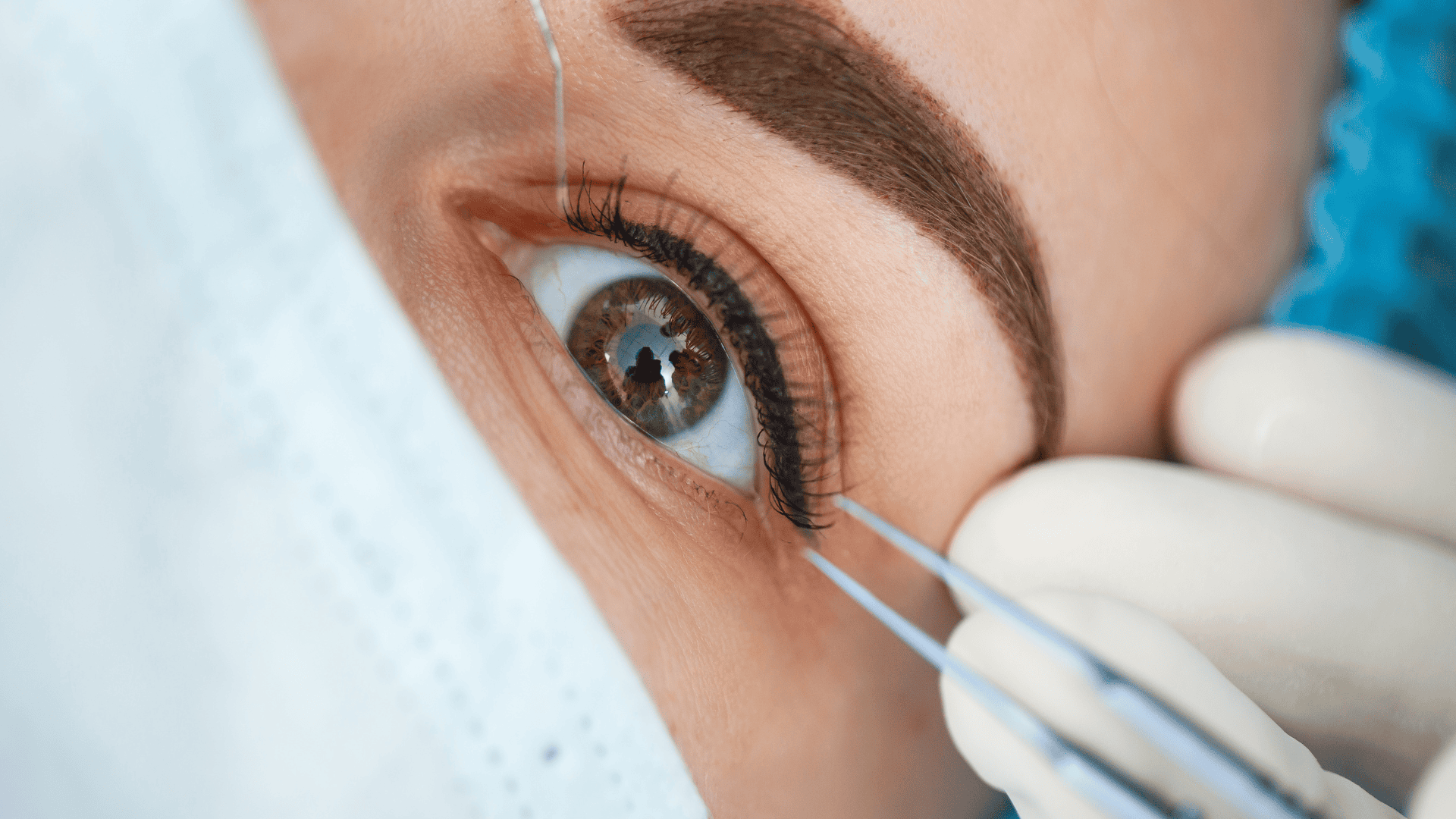
Exploring myopia treatment
Myopia, commonly known as nearsightedness, is a prevalent refractive error affecting millions of individuals worldwide. Characterized by difficulty seeing distant objects clearly while nearby objects remain in focus, myopia can significantly impact daily activities, academic performance, and overall quality of life. Fortunately, a variety of treatment options are available to address myopia and restore visual clarity. In this in-depth SEO blog, we'll delve into the world of myopia treatment, exploring its different modalities, advancements, and considerations for individuals seeking to correct their vision.
Understanding Myopia
Myopia, often referred to as nearsightedness, is a prevalent refractive error that affects millions of individuals worldwide. However, its underlying mechanisms and the factors contributing to its development are multifaceted and nuanced. Before exploring the myriad treatment options available for myopia, it's essential to embark on a journey of understanding, unraveling the complexities that define this common visual condition.
At the heart of myopia lies a fundamental alteration in the anatomy of the eye. Typically, the eyeball is designed to refract light rays precisely onto the retina—the light-sensitive tissue located at the back of the eye. However, in individuals with myopia, the eyeball tends to be longer than normal, or the cornea— the clear, outermost layer of the eye—may be overly curved. These structural abnormalities disrupt the normal focusing mechanism of the eye, causing light rays to converge in front of the retina instead of directly on it. As a result, distant objects appear blurry, while close-up objects remain in focus.
Traditional Treatment Options
Historically, corrective lenses in the form of glasses or contact lenses have been the primary method of managing myopia. These lenses compensate for the refractive error by adjusting the way light enters the eye, allowing distant objects to come into focus. While glasses and contact lenses provide effective temporary solutions, they do not address the underlying cause of myopia and require ongoing maintenance and prescription updates.
Advancements in myopia control
In recent years, there has been a surge of interest in myopia control strategies aimed at slowing or halting the progression of myopia, particularly in children and adolescents. Orthokeratology (Ortho-K) involves the use of specialized rigid contact lenses worn overnight to reshape the cornea temporarily, providing clear vision during the day without the need for corrective lenses. Additionally, low-dose atropine eye drops have shown promise in reducing myopia progression by inhibiting eye growth.
Refractive surgery
For individuals seeking a more permanent solution to myopia, refractive surgery offers a viable option. Procedures such as LASIK (Laser-Assisted In Situ Keratomileusis) and PRK (Photorefractive Keratectomy) reshape the cornea using laser technology, correcting the refractive error and providing clear vision without the need for glasses or contacts. While refractive surgery is highly effective for many individuals, it's essential to undergo a thorough evaluation to determine candidacy and understand the potential risks and benefits.
Lifestyle modifications
In addition to medical interventions, certain lifestyle modifications can help manage myopia and promote healthy vision. Spending time outdoors has been associated with a reduced risk of myopia development and progression, likely due to exposure to natural light and visual stimuli. Additionally, practicing good visual habits, such as taking regular breaks from screen time and maintaining proper ergonomics, can help alleviate eye strain and reduce the risk of myopia-related complications.
Conclusion
In conclusion, myopia treatment encompasses a diverse array of options aimed at correcting refractive errors, slowing disease progression, and improving overall visual health. From traditional methods such as glasses and contact lenses to cutting-edge advancements in refractive surgery and myopia control, individuals have a wealth of options to choose from when seeking to address their myopia. By consulting with qualified eye care professionals and exploring the available treatment modalities, individuals can embark on a journey towards clearer vision and enhanced quality of life. Don't let myopia hold you back—explore your options for vision correction today.

